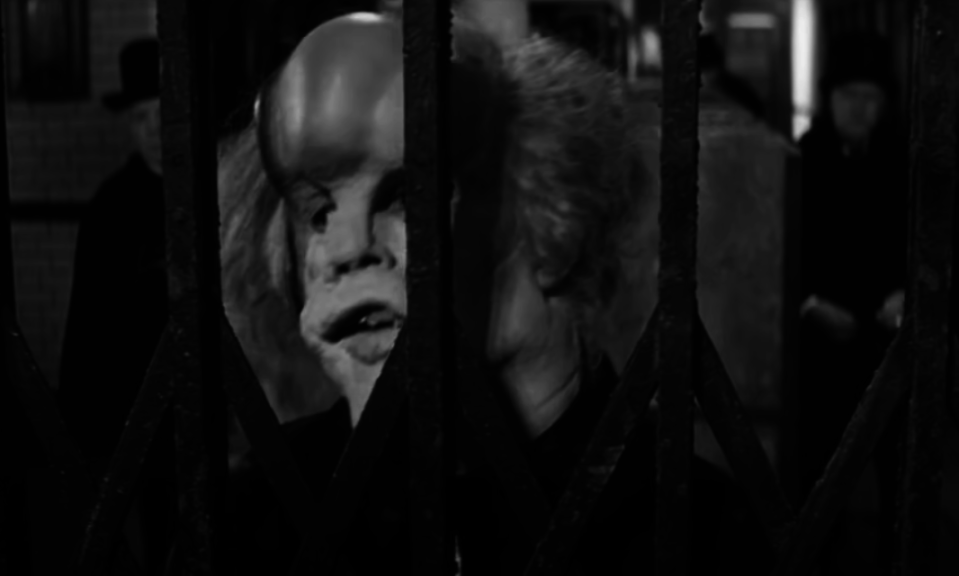15 Wild Times Actors Almost Got Themselves Killed By Committing Way Too Hard To A Role
- Oops!Something went wrong.Please try again later.
Note: There are mentions of suicide and starvation diets in this post.
1.Bradley Cooper almost killed himself while method acting in Burnt. The scene where his character — a chef who has just hit rock bottom — puts a bag over his head in an attempt to suffocate himself was actually improvised by Cooper, who was immersed in the scene. "It was late at night, and we didn't have much time, and the bag thing just sort of happened in one of the takes," Cooper said, saying it felt "vulnerable doing something like that in front of 12 people you don't know at all." He was ultimately saved by his costar Matthew Rhys, who played his rival.
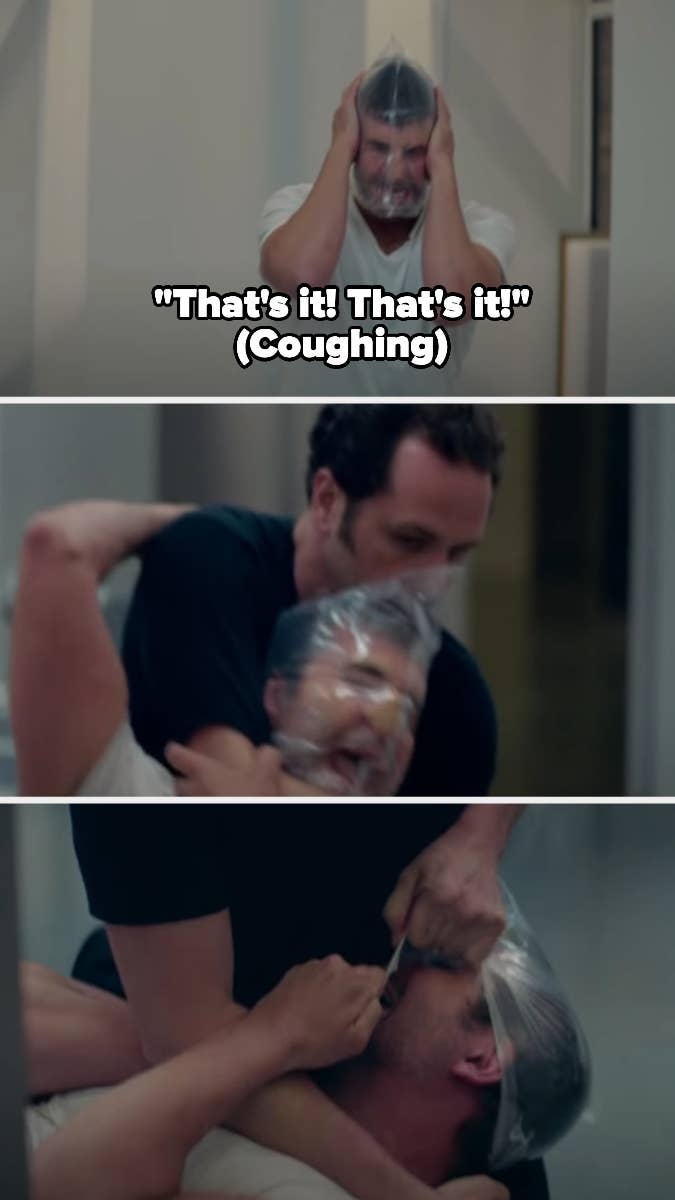
Rhys actually thought Cooper might die during the scene. "There was no acting. I was required to...tear the plastic bag from his face before he killed himself. So there was no acting required on my behalf; it was genuine panic. ... He had a very tight plastic bag over his head, and obviously, I don't recommend it." However, the scene created a tight bond between the two.
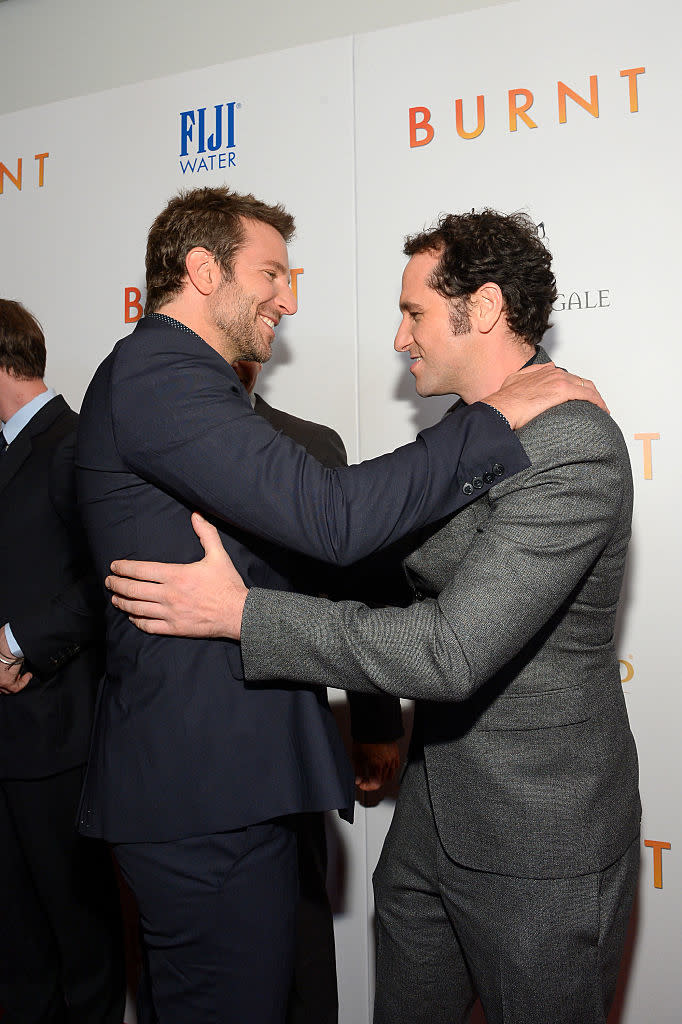
"Ultimately, it was beautiful because Matthew Rhys, who plays Reece, was just incredible," Cooper said of the finished product, which saw Rhys tear the bag off Cooper's head then hold him as he broke down. "We didn't really know each other at all, and next thing you know, he's caressing me and calmed me down. We're bonded forever."

2.Similarly, while filming the last scene of the Succession series finale, Jeremy Strong tried to jump in the freezing East River. Strong — whose dedication to method acting has been well-documented — revealed it was "the coldest day in, like, a century in New York" and that they'd actually closed the schools due to the extreme "burning" cold. However, he "begged" to shoot closer to the water. "I tried to go into the water after we cut," he told Vanity Fair. "I got up from that bench and went as fast as I could over the barrier and onto the pilings, and the actor playing Colin raced over. I didn't know I was gonna do that, and he didn't know, but he raced over and stopped me."
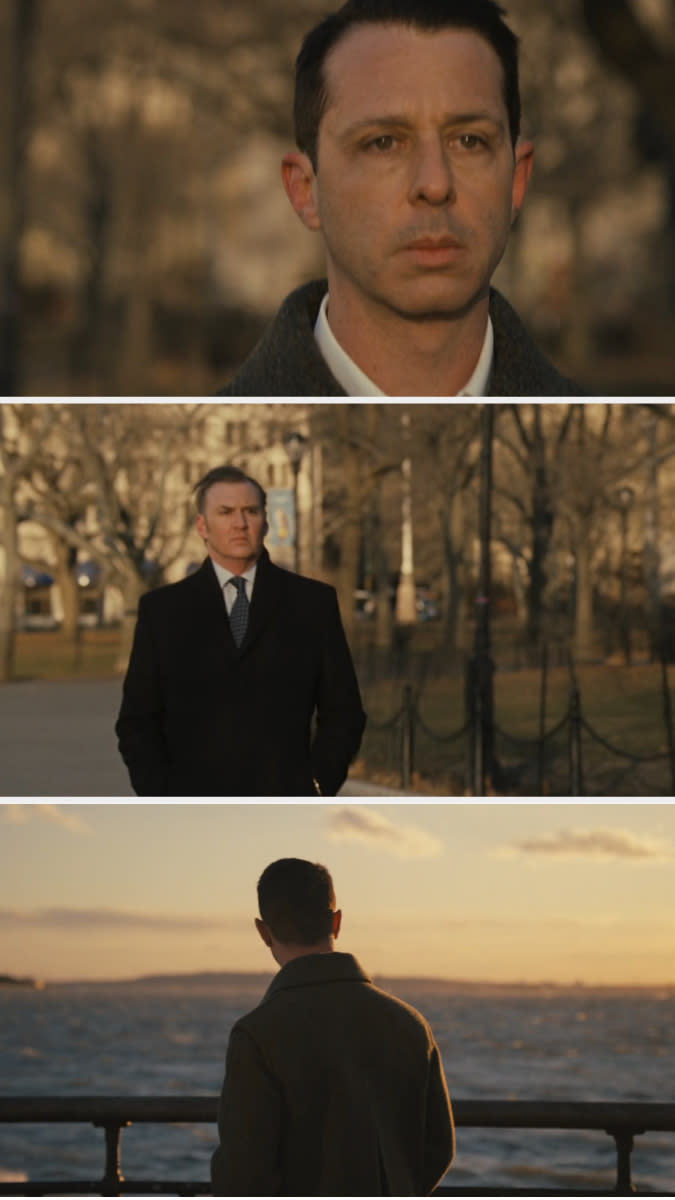
"I don't know whether in that moment I felt that Kendall just wanted to die — I think he did — or if he wanted to be saved by essentially a proxy of his father." Strong continued, "To me, what happens at the board vote is an extinction level event for this character. There's no coming back from that." However, Strong called the ambiguous ending that series creator Jesse Armstrong used "a much stronger ending philosophically, and has more integrity to what Jesse's overall very bleak vision is of mankind — which is that fundamentally, people don't really change. They don't do the spectacular, dramatic thing. Instead, there's a kind of doom loop that we're all stuck in, and Kendall is trapped in this sort of silent scream with Colin there as both a bodyguard and a jailer."
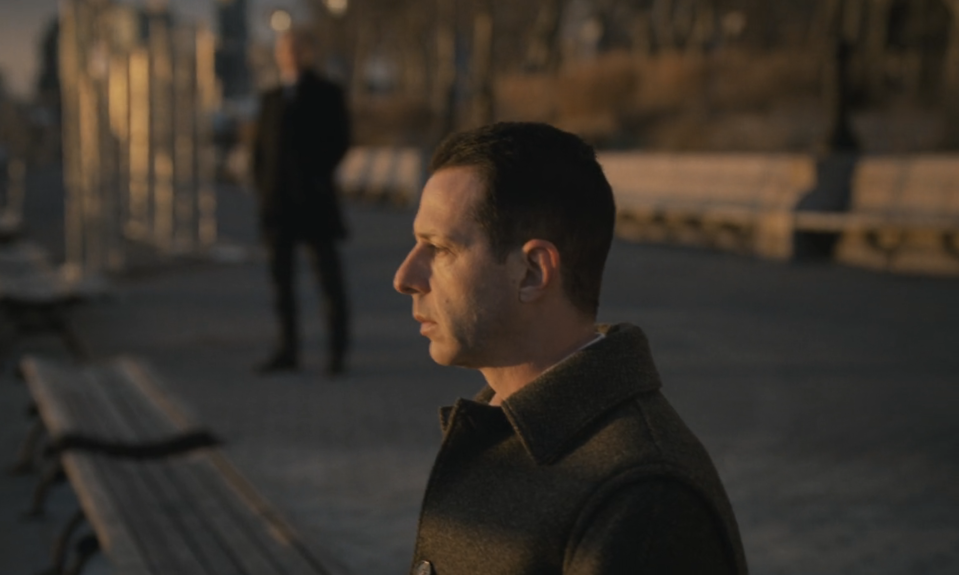
Armstrong later spoke to NPR about the moment: "It was biting cold. ... I was terrified. I was terrified that he might fall in and be injured. ... He didn't look like he was going to jump in. But once he climbed over that barrier — when you film, there are generally a lot of health and safety assessments made, and that was not our plan that day. And normally, I know that if we'd even been thinking of that happening, we would have had boats and frogmen and all kinds of safety measures, which we didn't have. So, my first thought was for his physical safety as a human being, not anything about the character. That's what I felt on the day. Good Lord, above."
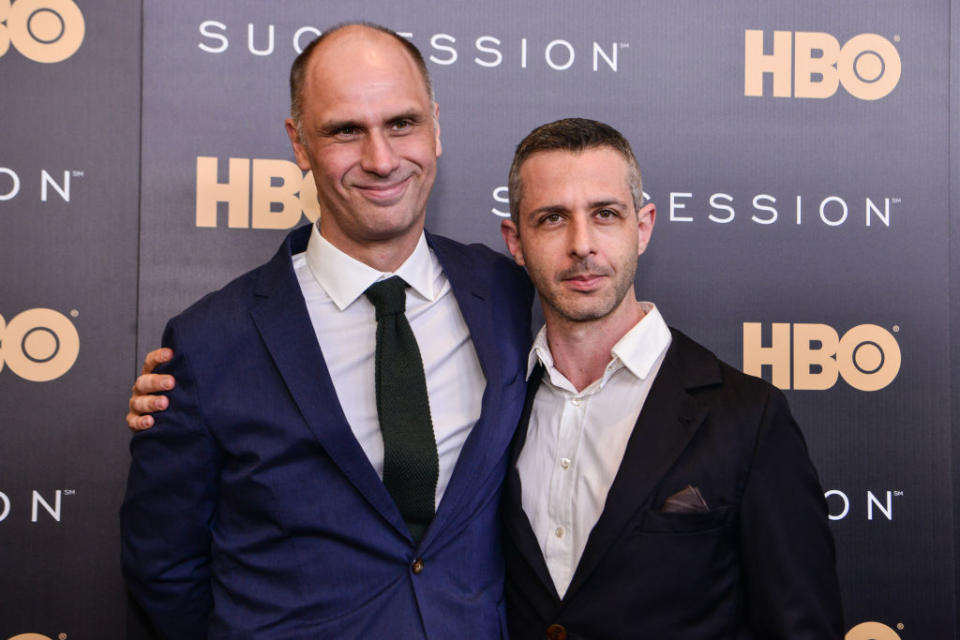
Executive producer Frank Rich added that Scott Nicholson, who played Kendall's bodyguard Colin, "was also somewhat alarmed and was functioning as a person as much as a character in that moment."
3.Daniel Day-Lewis often puts his health in danger while method acting for his films, but the most dangerous example is Gangs of New York. While filming, Day-Lewis refused to wear a warmer coat because it wasn't period-accurate, and caught pneumonia — he then refused to be treated with modern medicine because it wouldn't have existed in the 19th century. Pneumonia can be fatal, and in the 19th century, its death rate was about 25%.
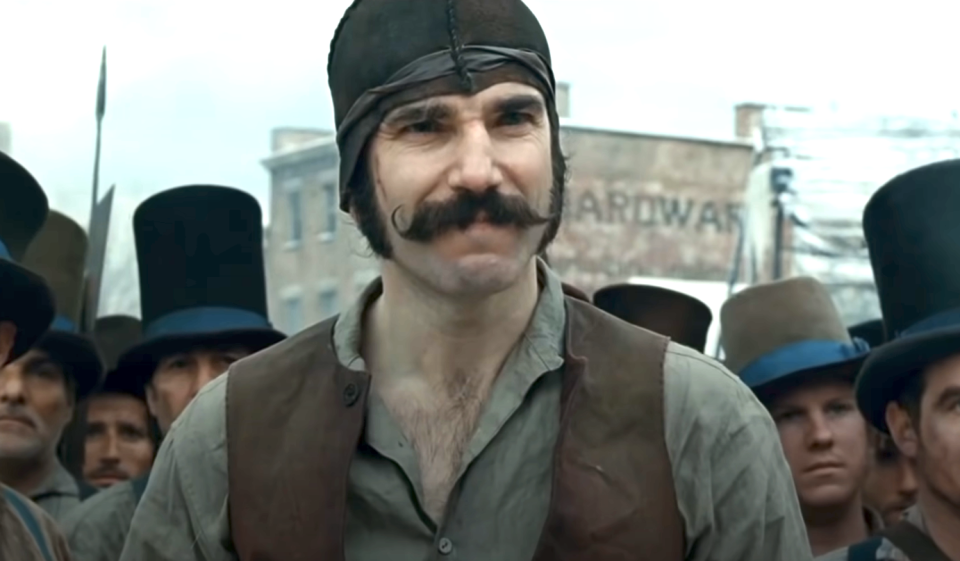
4.Tom Hanks almost died from a staph infection on the set of Cast Away. Whether or not Hanks set out to method act, playing a marooned, isolated man became so intense that fiction and reality started to blur for Hanks, and he even heard Wilson's voice in his head.
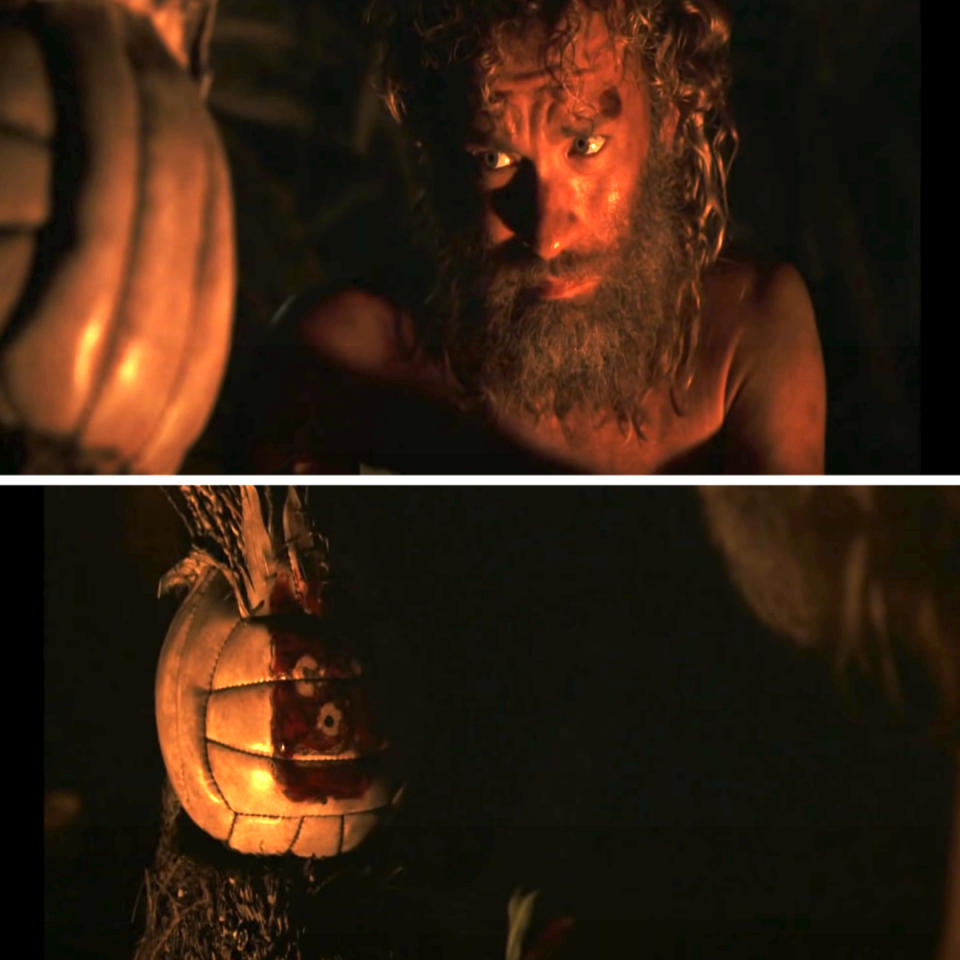
At one point, Hanks cut his leg and ended up in the hospital for three days: "I got an infection from a cut, and it was eating its way through my leg. I didn't know it, I just thought I had a sore," Hanks said. "I went to the doctor who took one look and said, 'I have to put you in the hospital because we have to get this infection out of you before it poisons your blood and you die.'"
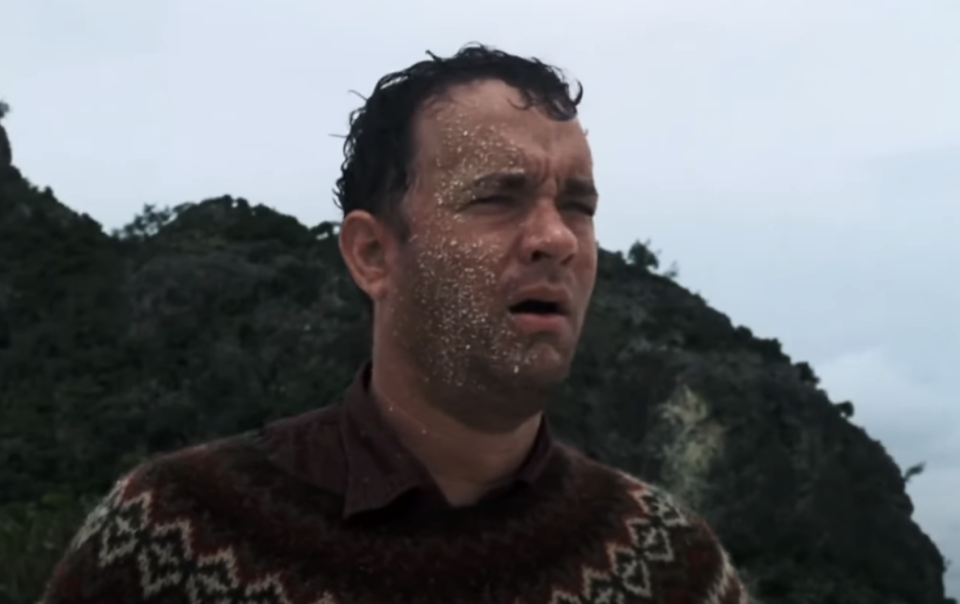
5.Hilary Swank also came down with a staph infection in Million Dollar Baby that nearly cost her her life. It started as a simple blister during her training, but after Swank popped it, things went downhill fast. "I couldn’t believe the pain," Swank said. “It was unbelievable and I looked down, there were streaks going to my foot. So, I went to the doctor’s that second, and he looked at me, and he said, ‘This is really serious. And if you would have waited two more hours, you would have been in the hospital for three weeks — and if it gets to your heart, that’s it.”’
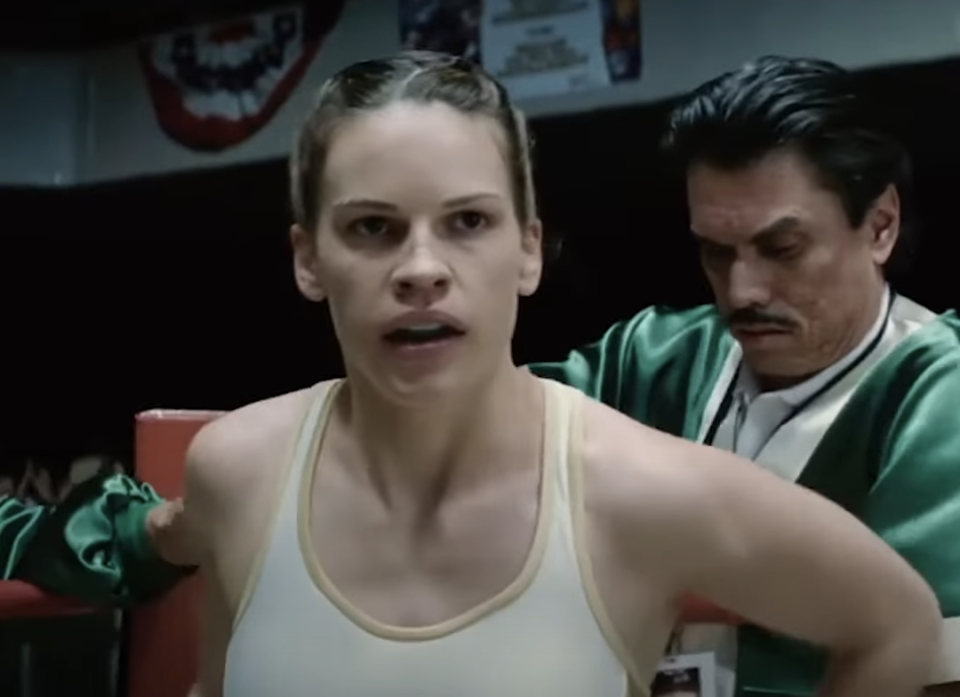
Swank did not tell producers or her costar Clint Eastwood, because she did not think her character would, and she felt that boxers would just have to "keep pushing through" an infection. She only took a few days rest before returning to training.

6.Another boxing example — Sylvester Stallone didn't exactly go method for all of the Rocky films, but he did commit to realism in one part of the fourth film, which almost ended up costing him his life. Stallone told his costar, Dolph Lundgren, to try to knock him out in the Rocky and Drago fight so that it looked more realistic. "At one point, he hit me so hard on the top of the head I felt my spine compress," Stallone later revealed. "He then hit me with an almighty uppercut. That night, my chest and heart started to swell, and I had to be helicopter-ambulanced from my hotel to a nearby emergency room."
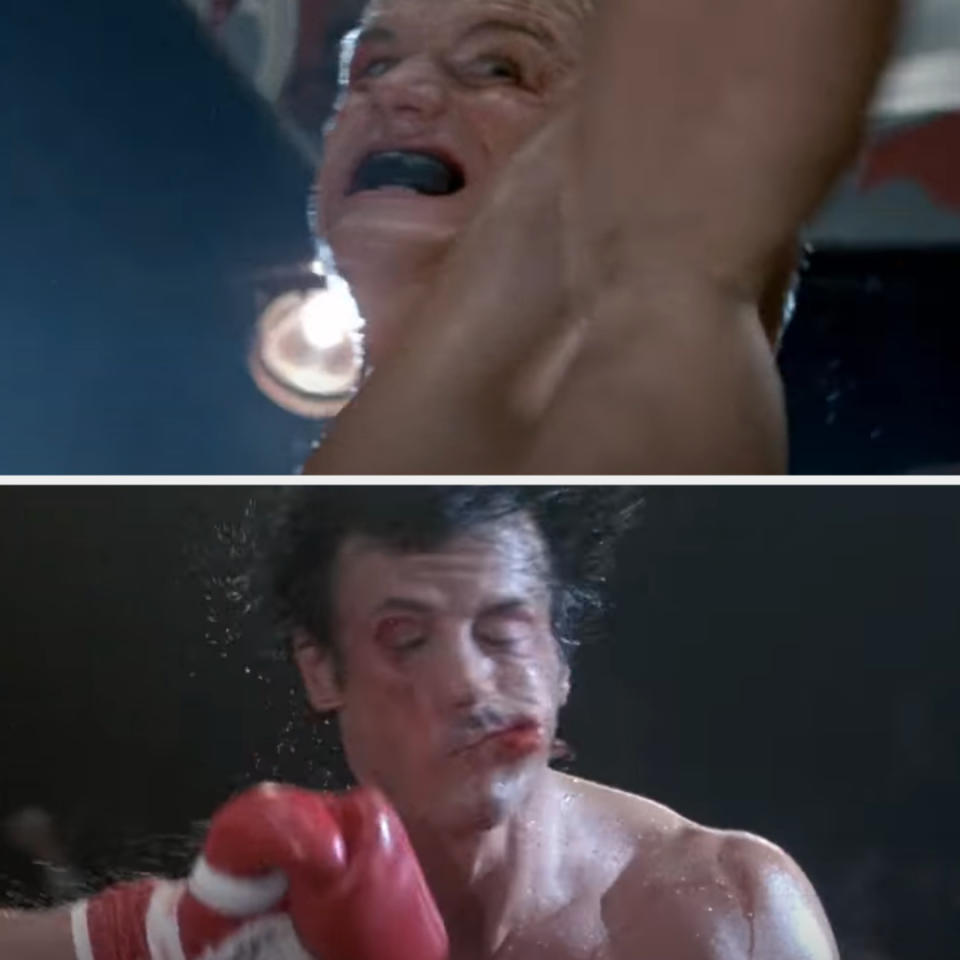
"I was told that Dolph had punched my rib cage into my chest, compressing my heart. If it had swollen anymore, I would have died." Stallone was in the ICU for nine days.
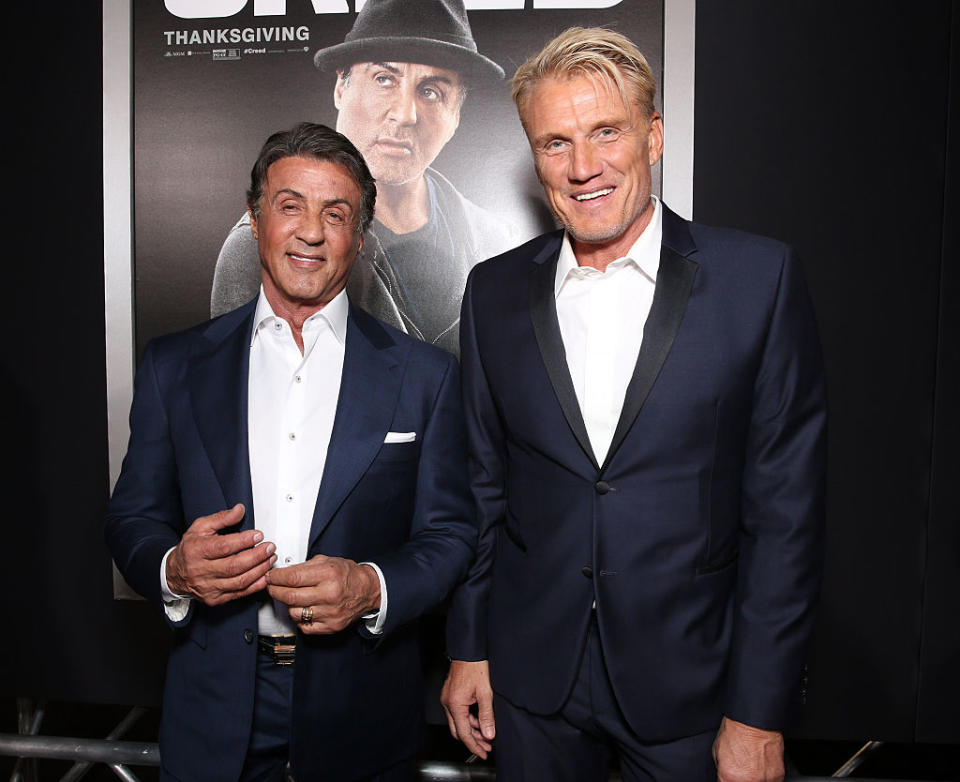
7.Leonardo DiCaprio famously put himself through hell for The Revenant, saying, "I can name 30 or 40 sequences that were some of the most difficult things I’ve ever had to do." However, the most dangerous was wading and swimming in frozen rivers: "Because I had elk skin on and a bear fur that weighed about 100 pounds when it got wet. And every day, it was a challenge not to get hypothermia," DiCaprio said.
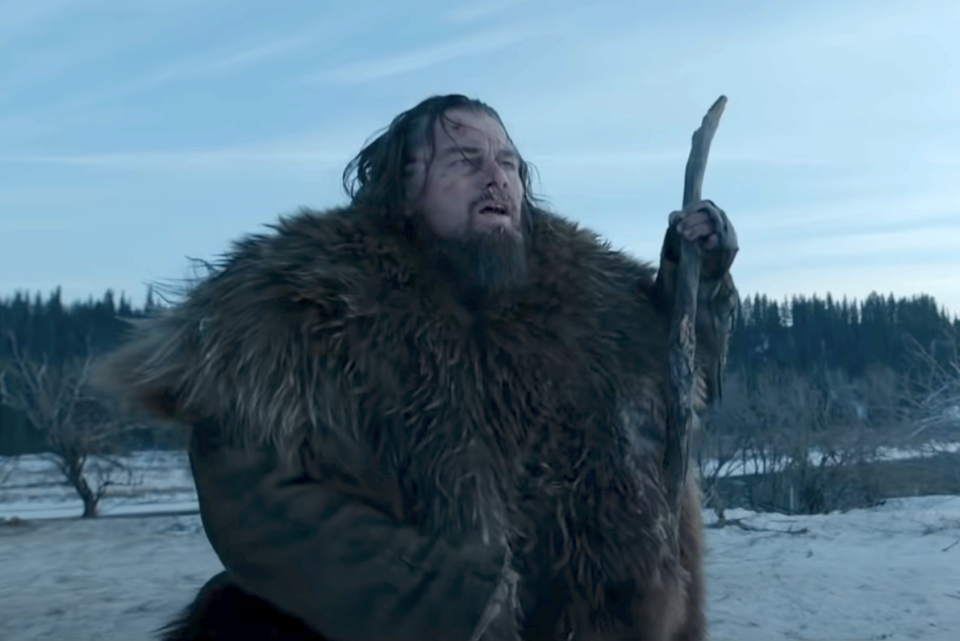
In fact, they had to have EMTs on standby, and a machine DiCaprio described as "a giant hair dryer with octopus tentacles" to warm his extremities up after every take. One day, it was so cold — 40 below freezing — that the camera gears wouldn't work. Still, DiCaprio and the other actors were not allowed to wear hats or gloves, as the scene was meant to take place in fall.
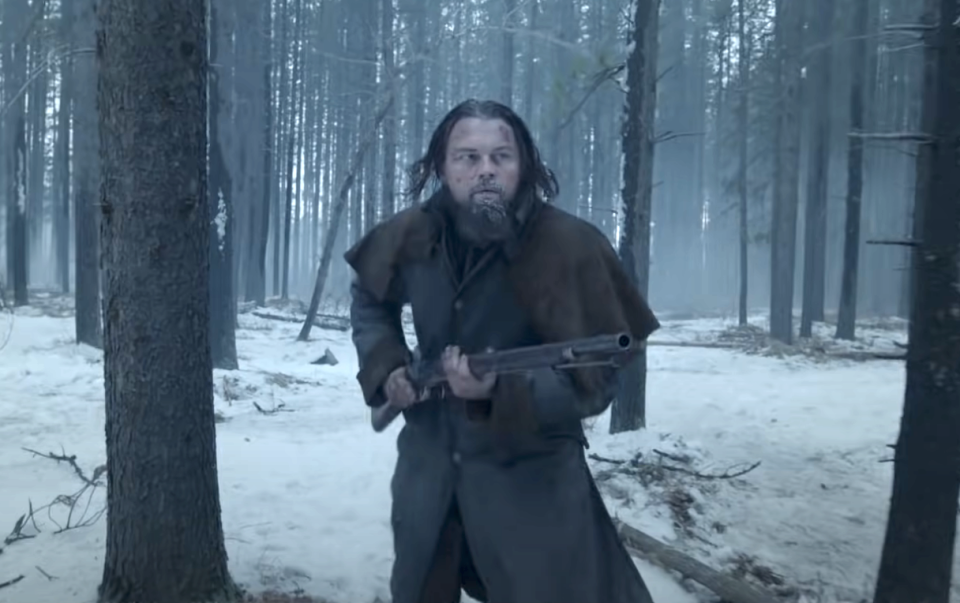
8.Christian Bale lost over 60 pounds preparing for his role in The Machinist by basically subsisting on a diet of cigarettes and whiskey. He got down to 120 pounds, and wanted to keep going to under 100 pounds — producers for the film actually had to stop him because they worried it might seriously jeopardize his health.
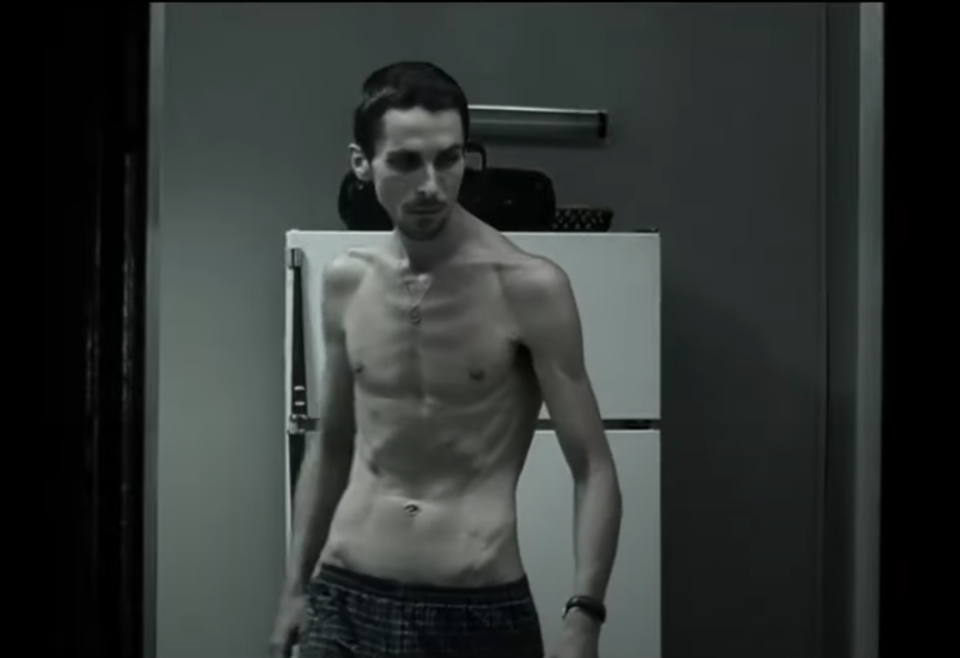
Bale has said that if he did that again, he's worried it might kill him. "I feel like if I keep doing what I've done in the past, I'm going to die. So, I'd prefer not to die."
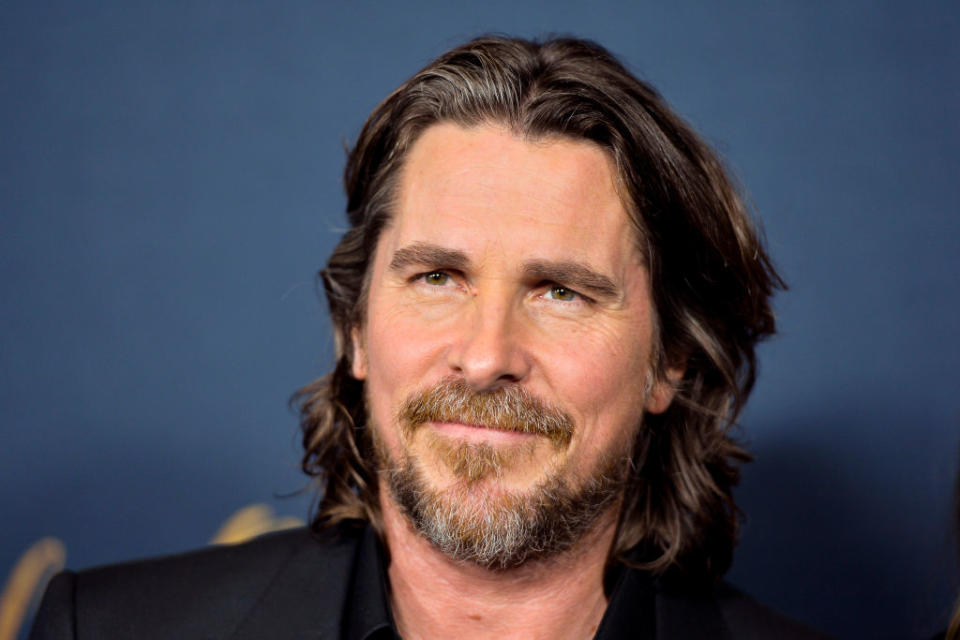
9.Matthew McConaughey also had to lose a ton of weight to play a man with AIDS in Dallas Buyers Club — over 50 pounds. In fact, he ate so little that he actually started to go blind. McConaughey originally refuted this, but later acknowledged, "When I got down to where I lost 43 pounds, I did start losing my eyesight. I noticed it acutely, and it had to do with the weight loss." Luckily, doctors were able to help, and his vision came back.
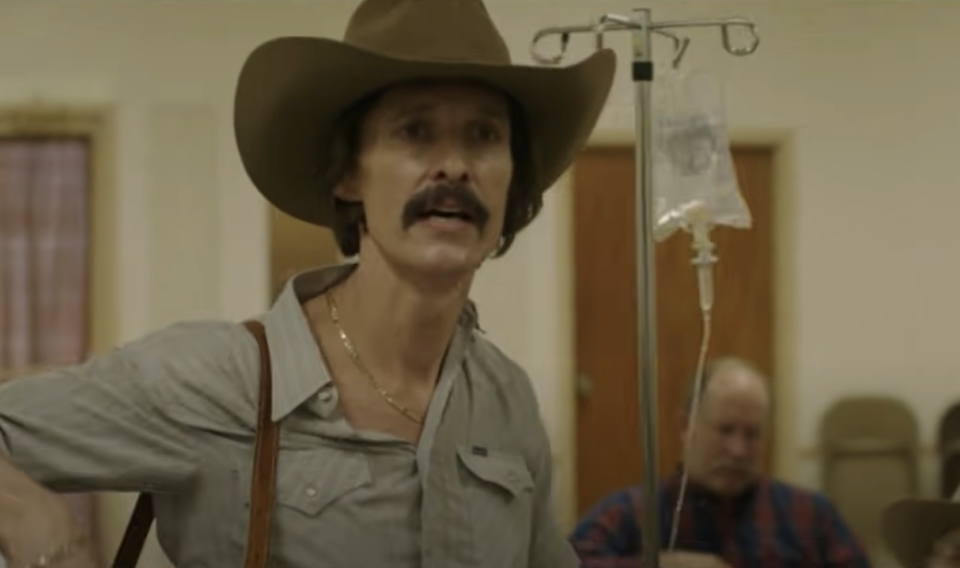
10.Similarly, Matt Damon put his health seriously at risk with a diet he went on for Courage Under Fire. For the film, he lost 60 pounds by only eating chicken breast. "I just made [the diet] up and did what I thought I had to do. ... I had to be thin and went on an unsupervised diet which could have killed me," Damon said. “I didn't have to act at all — I was a wreck. I was getting dizzy spells and hot flashes. I didn't say anything to anyone for a while because I was afraid I might be really ill." Later, a doctor told Damon he could've shrunk his heart permanently.
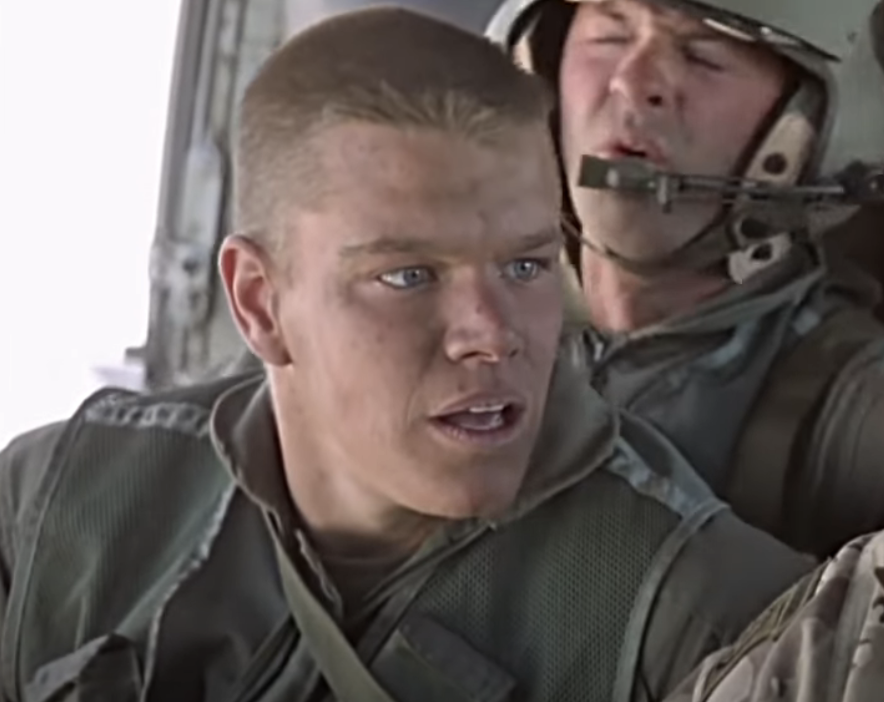
He had to go on medication for his adrenal gland, and after he further jeopardized his health by immediately eating a lot and rapidly expanding his stomach, he also went on “medication for dizziness, lightheadedness, stress, post-traumatic stress disorder" for two years following the film. He later said he committed to the role to this dangerous level to get noticed — “I was looking for something to set me apart: ‘Look what I’ll do, I’ll kill myself!’ Directors took note of it.”
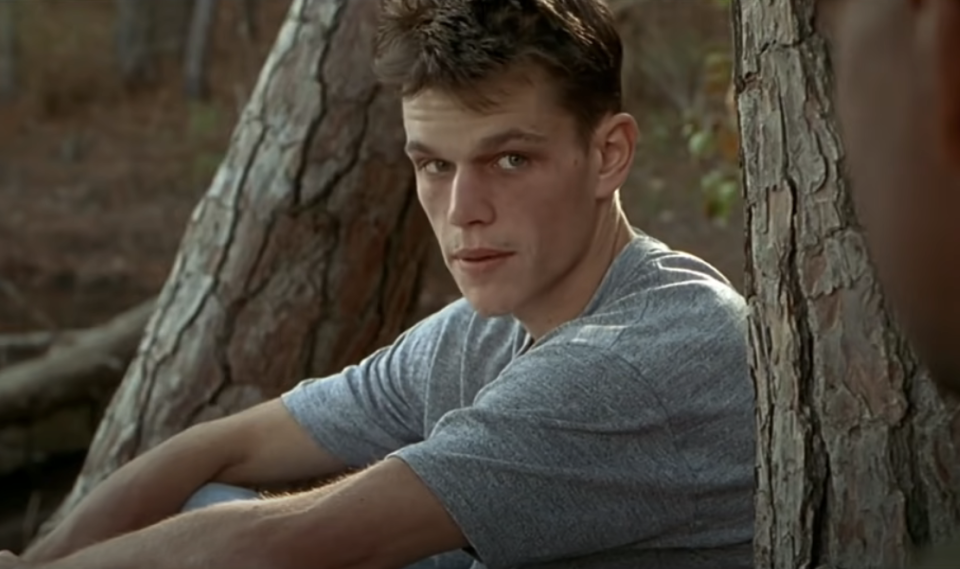
11.The line between Martin Sheen and his character seemed to blur on the set of Apocalypse Now — the best example of this is perhaps the drunken breakdown scene where he punches the mirror. Sheen has admitted he was actually "dangerously drunk" and having a real breakdown in the scene, and the punch, which caused heavy bleeding, was unscripted. The rest of the shoot was equally intense, and he ended up having a heart attack. Because it was a five-hour ride to the nearest hospital, Sheen had to be airlifted out.
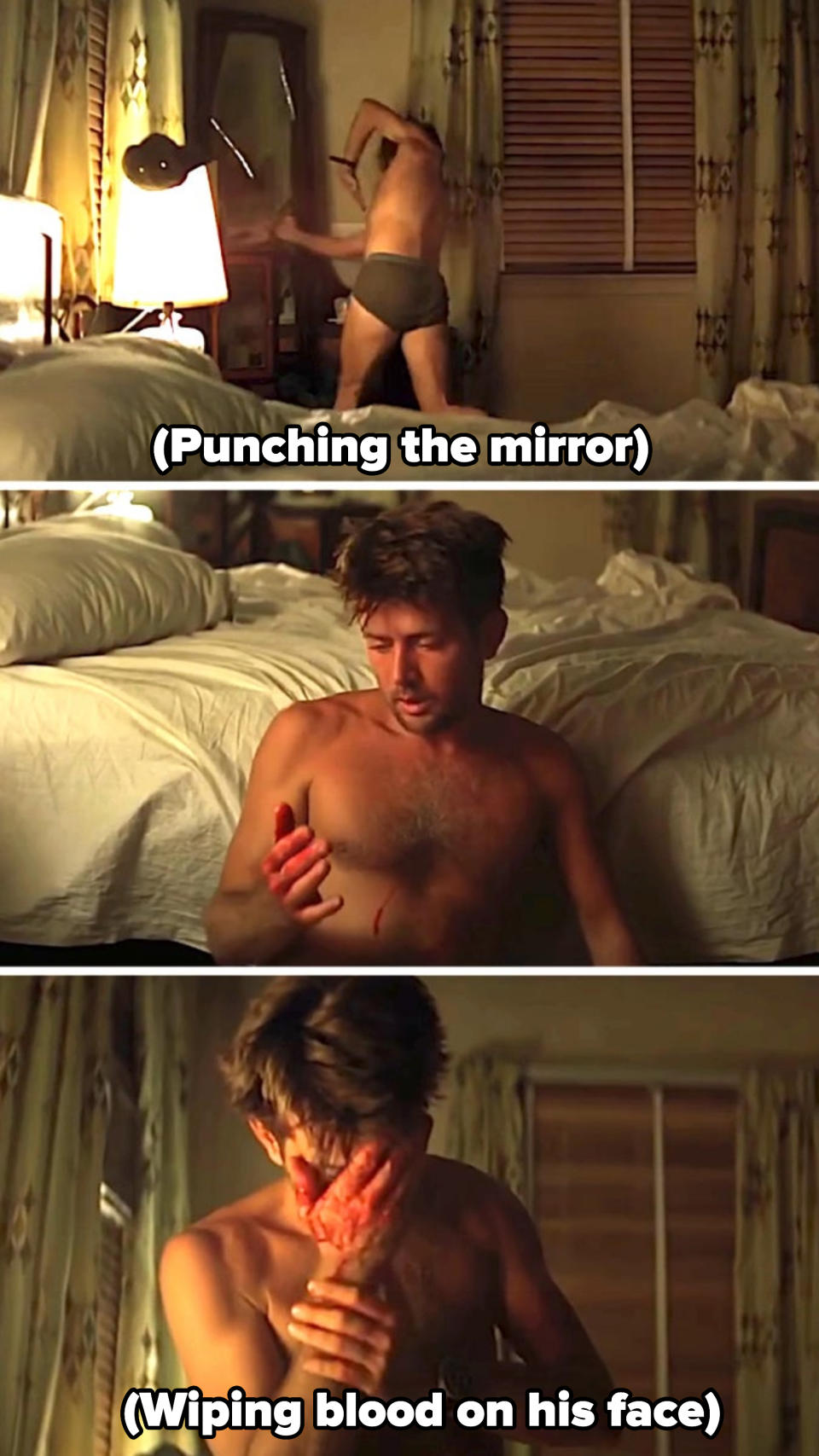
Sheen had to be kept under observation and then recovered away from set for a month. "I realized that I'd gone too far. I had bit off more than I could chew, and I was choking on it. I've often said that if I had known going in that I'd have to endure what I did, I would've passed," Sheen later said of the tumultuous experience. "But I have no regrets because it forced me to come to grips with parts of myself that I otherwise may never have embraced. I'm grateful to Francis for that."
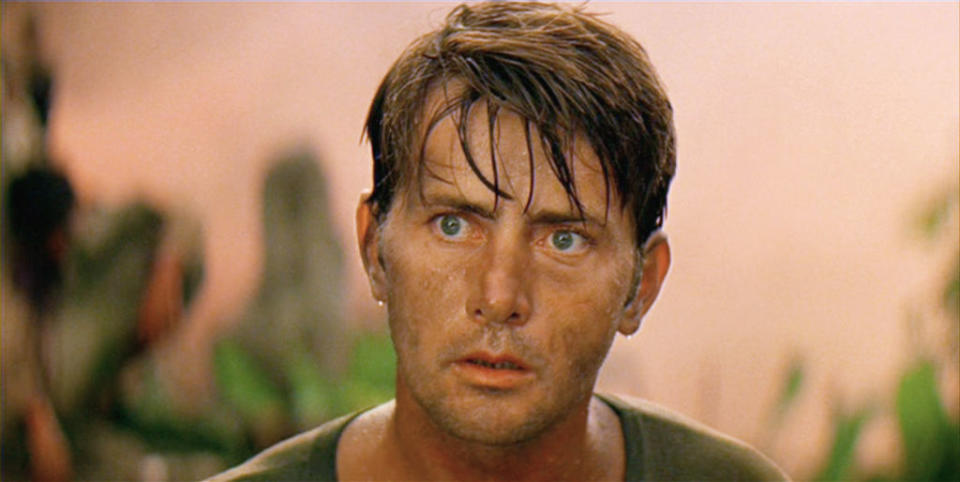
12.The cast of The Texas Chain Saw Massacre infamously dealt with horrific conditions on set, causing lines between reality and fiction to blur. Gunnar Hansen, who played Leatherface, insisted on using a real chainsaw while chasing the actors. At one point, unable to see well under his mask, he slipped on fake blood and fell with the chainsaw on, almost killing himself.
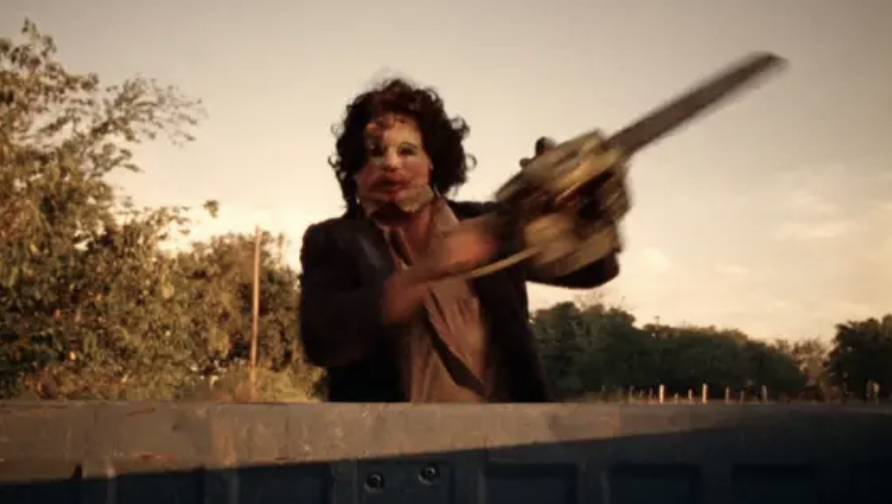
13.To prepare to play famous journalist Hunter S. Thompson in Fear and Loathing in Las Vegas, Johnny Depp actually lived with Thompson for a stretch so that he could really get in his head. Depp slept in a small room in the basement with a huge keg of gunpowder — but Depp didn't know it was gunpowder in the keg until five days into him staying there. He'd been smoking cigarettes in bed for all five days, and at any moment, he easily could've caused the room to explode.
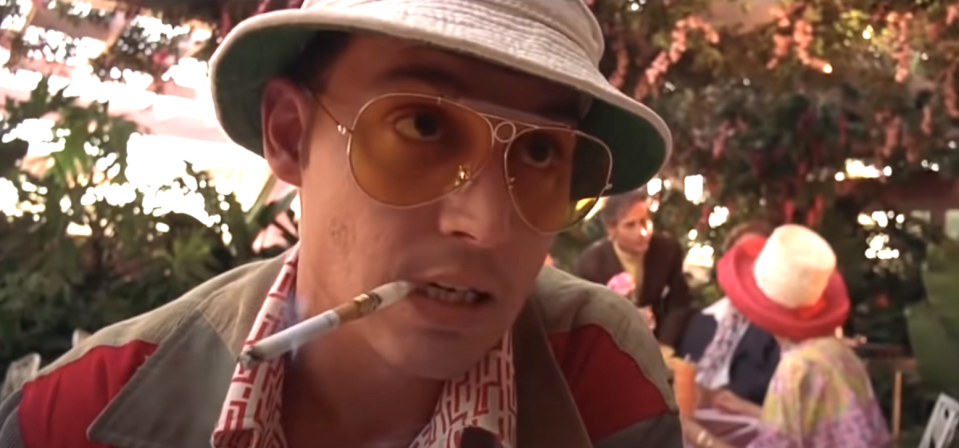
14.Ashton Kutcher was so committed to playing the role of Steve Jobs in Jobs that he followed the Apple founder's diet of "fruitarianism" — and landed in the hospital with pancreatitis — which can be fatal — twice because he was eating nothing but grapes.
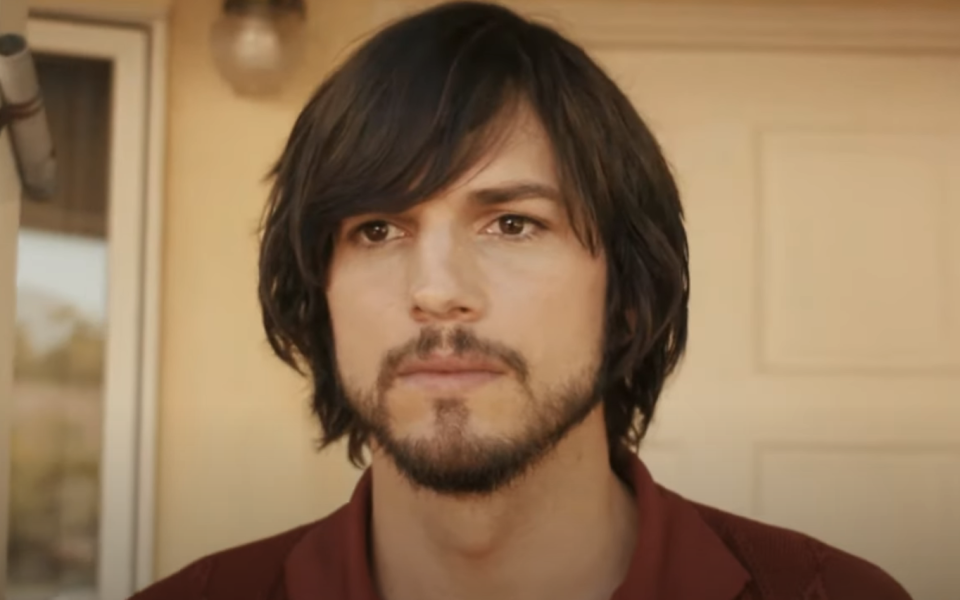
15.And finally, John Hurt reportedly almost suffocated under his heavy prosthetics in The Elephant Man, because he would forget that he wasn't supposed to lie down in his prosthetics. Hurt also couldn't eat or rest during filming, and the process of putting on the prosthetics each day was miserable — Hurt later said, “If you had to do it for television or something, when you have a seven-year contract, I think suicide might be in order.”
